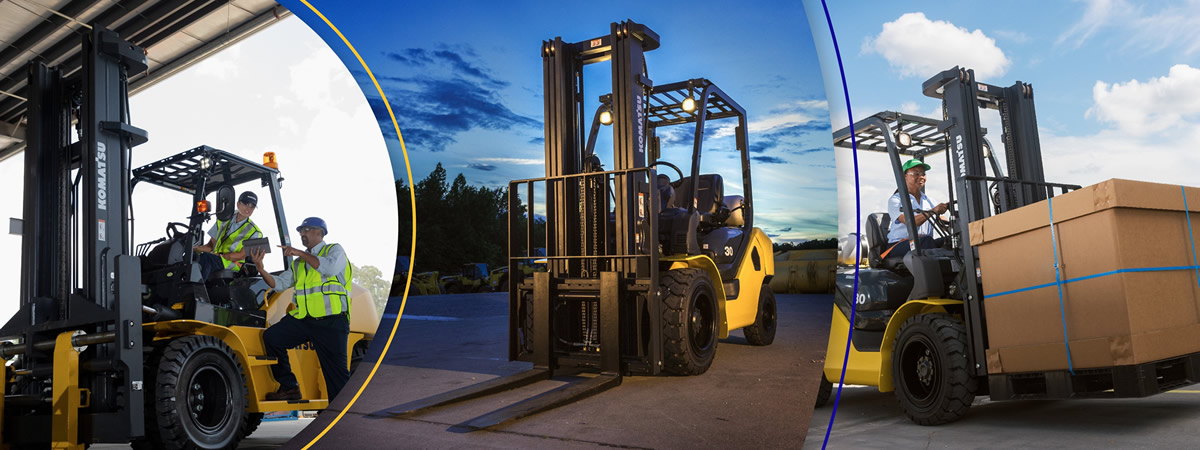
In today's industrial landscape, where safety and efficiency are paramount, the importance of well-structured forklift training programs cannot be overstated. According to the U.S. Bureau of Labor Statistics, forklifts are involved in about 10% of all warehouse-related accidents, emphasizing the critical need for effective training. The 'Train the Trainer' model has emerged as an innovative solution to address these safety challenges, equipping experienced operators with the skills to instruct others. This approach not only enhances the consistency of training across organizations but also contributes to improved operational productivity. In fact, a study by the National Safety Council shows that companies implementing robust forklift Train The Trainer programs have seen a significant reduction in workplace accidents, thereby safeguarding their workforce and reducing liability costs. This comprehensive guide aims to navigate global buyers through the essential components and best practices of forklift Train The Trainer programs, ensuring that they can make informed decisions that prioritize safety and efficiency in their operations.

Forklift training is not just a regulatory requirement; it is a vital component of operational safety and efficiency in global industries. According to the Occupational Safety and Health Administration (OSHA), nearly 100 fatalities and over 20,000 injuries annually are linked to forklift operations in the United States alone, emphasizing the critical need for comprehensive training programs. Investing in 'Train the Trainer' programs ensures that companies equip their employees with the necessary skills to operate forklifts safely, significantly reducing workplace accidents.
Furthermore, a study conducted by the National Safety Council (NSC) indicates that businesses that implement structured forklift training programs see a 32% reduction in workplace incidents. This not only improves employee morale but also enhances productivity, as trained workers are less likely to cause damage to goods or equipment. In the fast-paced and competitive global market, companies can ill afford the disruptions and costs associated with accidents. Therefore, prioritizing forklift training is essential not only for compliance but also for fostering a culture of safety and efficiency within the organization. Employing 'Train the Trainer' models can create a sustainable training environment, allowing for knowledge transfer and skill enhancement across all levels of the workforce.
| Training Program | Target Audience | Key Benefits | Duration | Certification |
|---|---|---|---|---|
| Basic Forklift Operator Training | New Operators | Safe operation, reduced accidents | 2 days | Yes |
| Train the Trainer Program | Experienced Operators | Empower others, improve team safety | 3 days | Yes |
| Refresher Forklift Training | All Operators | Updates on safety regulations, skill refreshment | 1 day | Yes |
| Customized Forklift Training | Specific Industries | Tailored training to meet industry-specific needs | Varies | Yes |
Effective 'Train the Trainer' programs in forklift operations are essential for ensuring safety and efficiency in warehouse and logistics environments. According to a study by the Occupational Safety and Health Administration (OSHA), proper training can reduce workplace injuries related to forklift operations by as much as 30%. This underscores the need for well-structured training programs that enable operators to understand not only the mechanics of the equipment but also the safety protocols necessary to operate forklifts in diverse settings.
Key components of such programs include hands-on training, comprehensive assessment procedures, and continuous evaluation. Hands-on training allows trainers to provide real-time feedback and create a simulated environment where trainees can practice safely. Additionally, assessment protocols such as written exams and practical tests ensure that trainees meet regulatory standards before taking on operational roles. The utilization of technology, including Virtual Reality (VR) simulations, is becoming increasingly popular, with a survey by the National Institute for Occupational Safety and Health (NIOSH) reporting that companies employing VR in training programs saw a 50% improvement in retention rates among trainees.
Moreover, continual professional development is crucial. Ongoing training updates, based on industry best practices, can further enhance a trainer's effectiveness. According to the American National Standards Institute (ANSI), businesses that invest in continuous training for forklift operators experience a 25% increase in productivity. This highlights the importance of not only equipping trainers with foundational knowledge but also fostering an environment of lifelong learning within forklift operations.
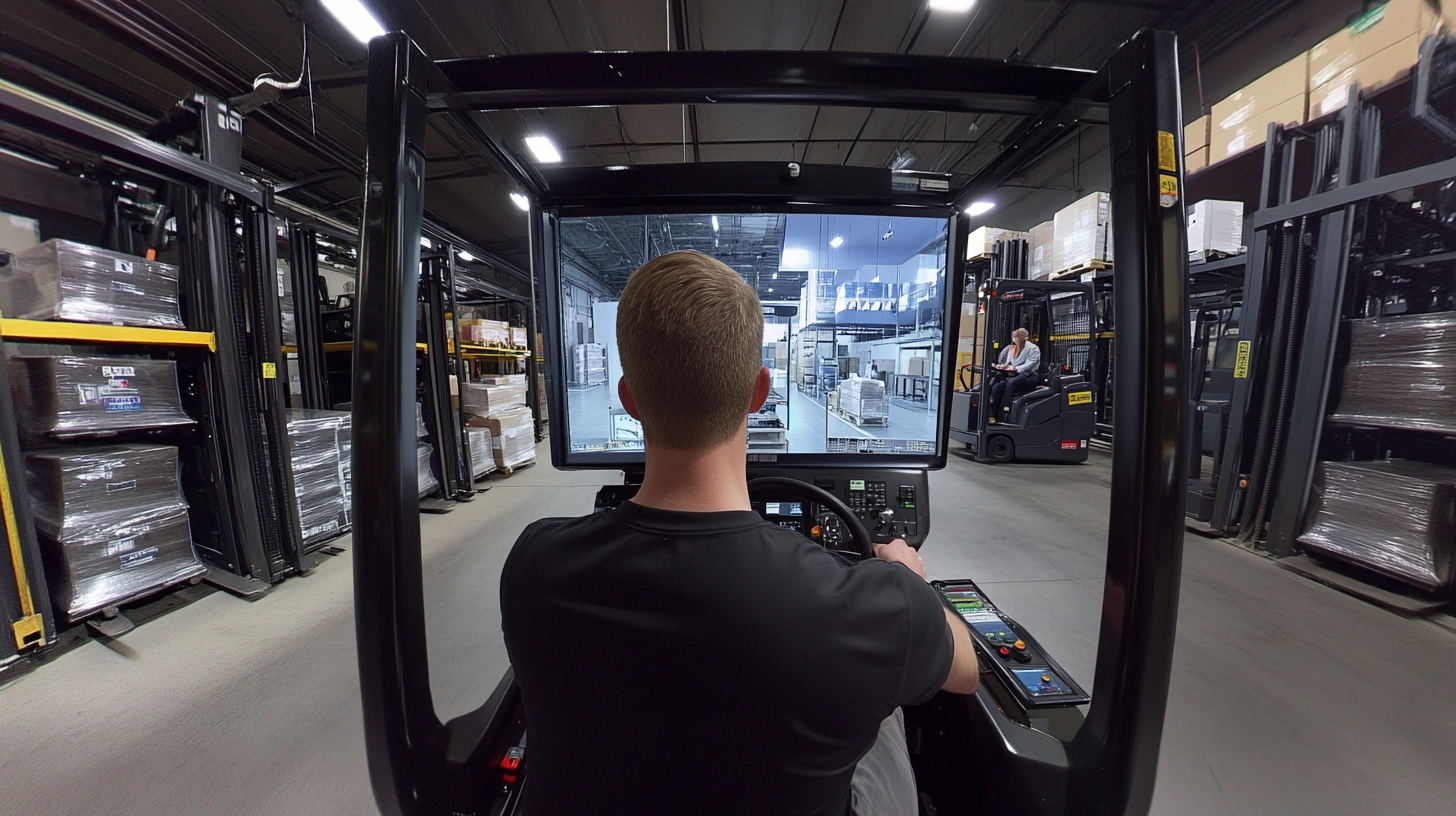
Identifying the right trainers for forklift training programs is critical to ensuring safety and efficiency in the workplace. According to the Future of Jobs Report 2023, an evolving job market requires skill-based training that focuses on specific competencies rather than merely filling traditional roles. This shift emphasizes the importance of selecting trainers who not only have experience with forklifts but also possess teaching skills that facilitate effective knowledge transfer.
When evaluating potential trainers, certain qualifications are essential. They should hold relevant certifications and have a proven track record in training adult learners. In addition, trainers must demonstrate strong communication skills, adaptability, and a deep understanding of safety regulations related to forklift operation. The U.S. Army’s emphasis on enhancing soldier proficiency highlights the need for ongoing evaluation and improvement of training effectiveness, underscoring that a skilled trainer can significantly impact learner outcomes.
Furthermore, as organizations transition to a skills-based approach, they are better positioned to address inefficiencies within their training programs. By empowering trainers to focus on skill development rather than rote learning, companies not only boost productivity but also foster a culture of continuous improvement. This model aligns with current workforce trends, indicating that the future of training will prioritize the specific skills required for success in today's dynamic environments.
Creating effective training materials and curriculum for forklift safety is crucial in ensuring that operators are equipped with the necessary knowledge and skills. Engaging content not only facilitates better learning but also increases retention rates among trainees. To achieve this, training programs should incorporate interactive elements such as simulations, real-world scenarios, and hands-on experiences. Visual aids, like infographics and videos demonstrating safe practices, can also provide clarity and keep learners engaged.
Moreover, the curriculum should be structured in a way that progressively builds on knowledge. Starting with the basics of forklift operation, trainees should gradually move to more complex topics, such as load handling and emergency procedures. Regular assessments throughout the program can help reinforce learning and identify areas that require further development. By integrating feedback loops—where trainees can discuss their experiences and challenges—trainers can continuously improve the materials to meet the evolving needs of operators and align with safety regulations. This approach not only fosters a culture of safety but also empowers trainers to deliver impactful sessions that resonate with participants.
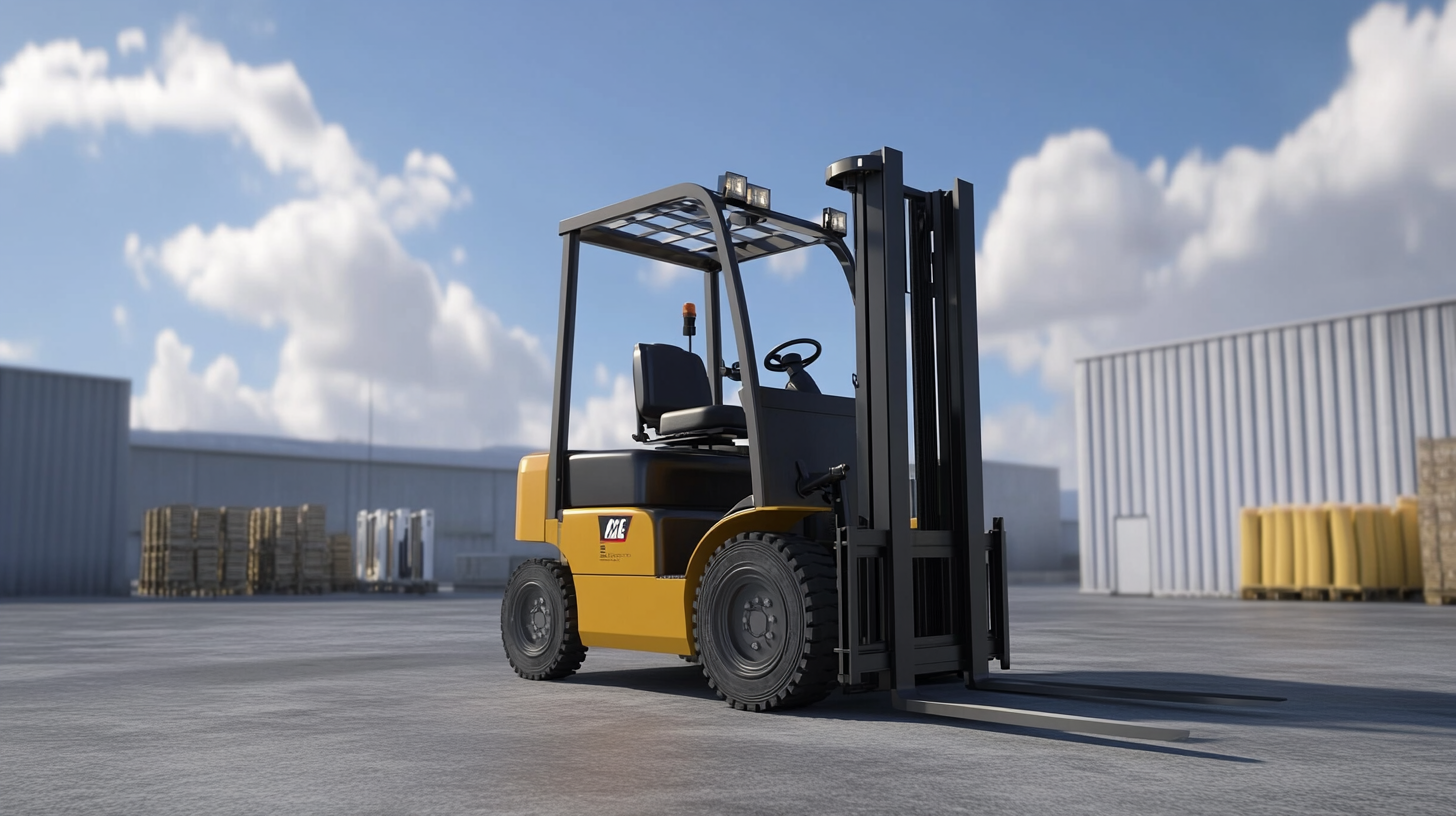
Evaluating the success of forklift training programs is crucial for ensuring workplace safety and efficiency. Industry data shows that effective training can reduce accident rates by up to 70%. To measure the success of 'Train the Trainer' initiatives, organizations should focus on both quantitative and qualitative metrics. Key performance indicators (KPIs) such as the number of successful certifications, employee retention rates, and observable improvements in safety compliance should be meticulously tracked.
In addition to hard metrics, feedback methods such as surveys and assessments provide valuable insights into the program's effectiveness. According to a survey conducted by the National Safety Council, 89% of employers found that feedback from trainees led to significant enhancements in their training curriculum. Regular follow-up assessments can help identify areas where trainers need additional support or resources, ensuring continuous improvement in training methodologies. By leveraging these metrics and feedback mechanisms, organizations can create a more competent and safety-conscious workforce, ultimately leading to improved productivity and reduced operational costs.
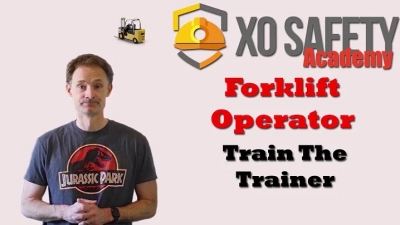
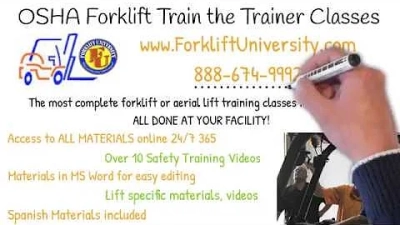
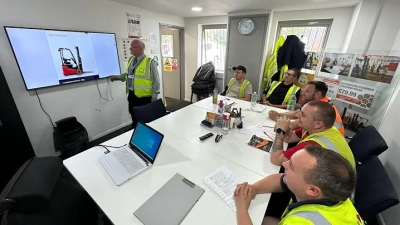
Content © 2025 Komatsu. All Rights Reserved
